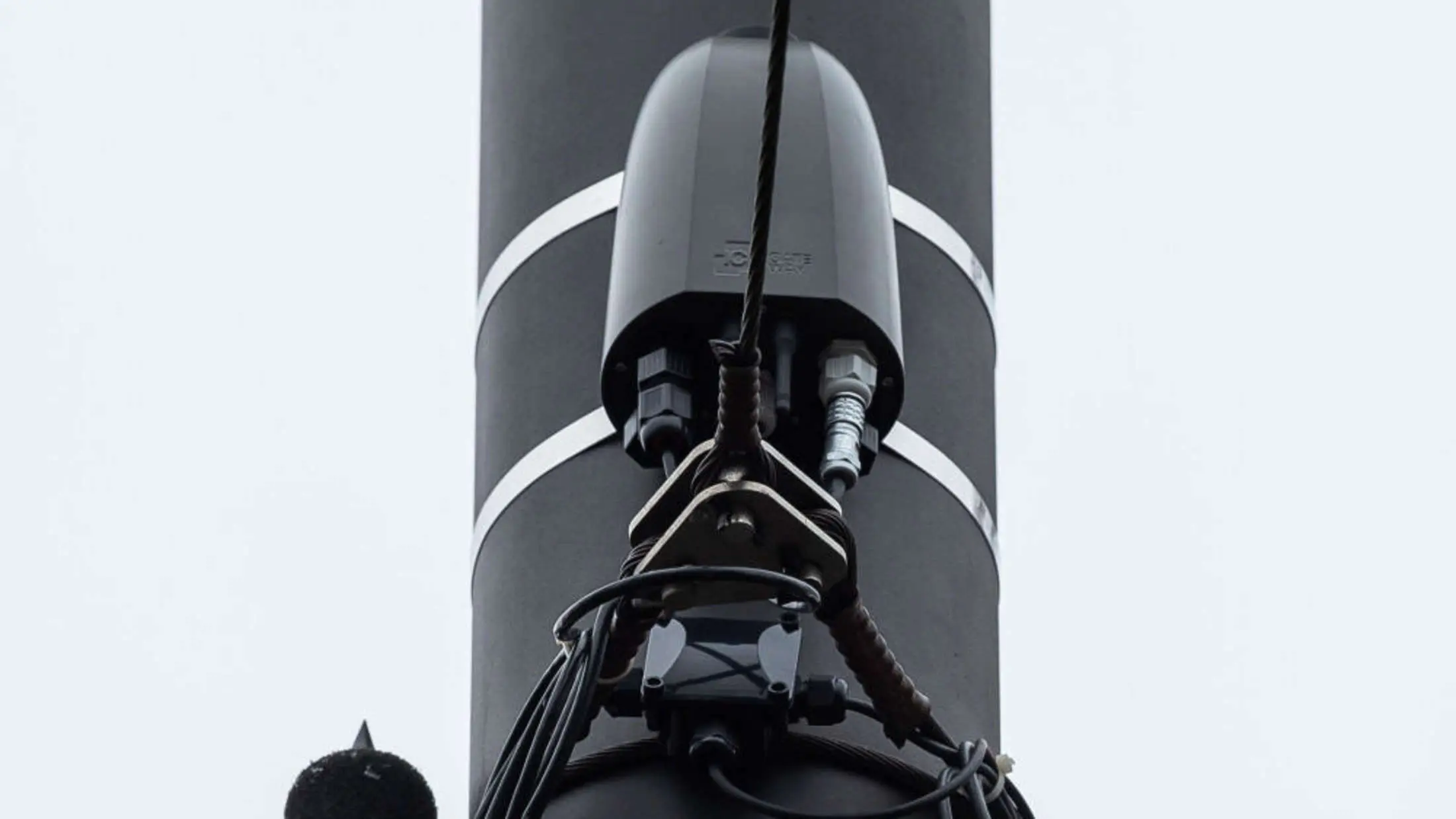Air Pollution Monitoring

Function: Sensors acquire area-wide and localize climate and air quality data, which can be combined with external secondary data such as traffic, drone and satellite data. Smart algorithms analyse the data in real time and derive efficient measures to reduce air pollution (e.g. changes in traffic routing or real estate use). The success of the measures is also evaluated in real time and, if necessary, the measure is corrected. Gaseous air pollutants (e.g. O3, NO2) are detected with electrochemical or metal oxide semiconductor sensors, while particulate pollutants (fine dust) are detected by refraction of light. The current sensor technology is (still) inaccurate for some pollutants in the case of other influences such as humidity, temperature or other gases and is being further developed.
Advantages: Sensors are cost-effective and area-wide systems are feasible. The population can be informed about exposure levels in real time and avoid dangerous areas, e.g. in pregnancy or asthma. Traffic guidance is adapted in real time to the local needs of the population. However, not all relevant pollutants can yet be detected by sensors.
Examples: Carbosense4D (consortium of companies from Swisscom, EMPA, Swiss Science Centre and others); Breeze, Hamburg/D